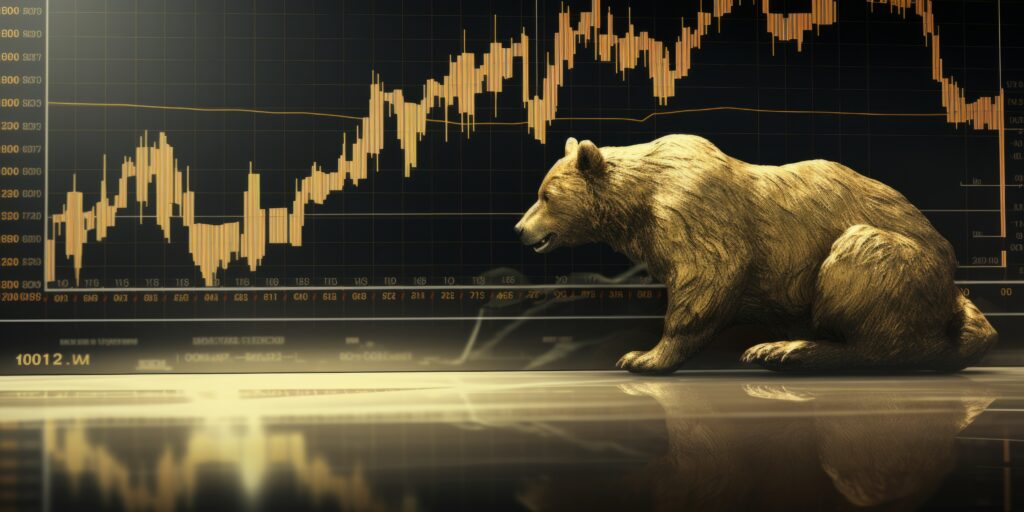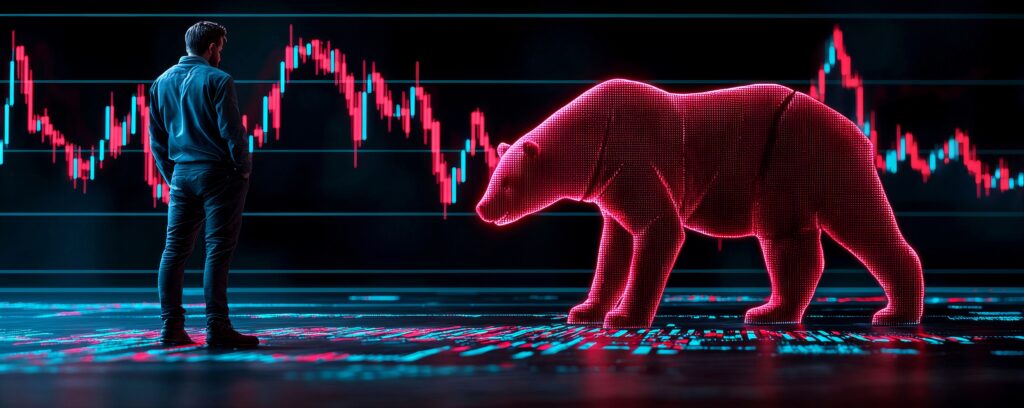If you’ve been following cryptocurrency news even casually, you’ve probably noticed how unpredictable the market can be. The NFT market is no exception. In fact, last year, in 2024, the NFT Market Dropped 19%and reminds both seasoned and new investors that the ride can be wild. These ups and downs are not random, they are a direct result of market trends, investor behavior and broader economic factors.
In times like these, it’s more important than ever to have a plan before jumping into NFTs. This article outlines eight best practices to help you navigate the NFT market with confidence. We explain why this matters, define tricky terms in plain English, and give you the tools to make better decisions.
Why do we need best practices for NFT investing?
“Inconstancy‘simply means that prices can change quickly, sometimes within hours or even minutes. Since digital collectibles are often bought and sold using cryptocurrency, the entire ecosystem is connected to market fluctuations in blockchain technology. Think of it as a roller coaster: exciting, but you need a safety harness (in this case, a good crypto portfolio strategy).
When the market is all over the place, novice investors often make emotional decisions. They may panic and sell at a loss or move on to the ‘next big thing’ without market analysis. By following established best practices, you’ll be on firmer footing, even if everyone else loses their heads.
Below are eight actionable steps you can take to protect yourself and potentially make a profit, even in an unpredictable NFT climate.
Understanding the volatile NFT market
Volatility means rapid and unexpected price changes. In the NFT ecosystem, this can happen if, for example, a celebrity tweets about an NFT project, causing demand to skyrocket – or if a major investor (often called a “whale”) suddenly sells a huge supply, causing prices to plummet.
Why NFT Prices Fluctuate Dramatically
- Supply and demand: The more people want a specific NFT, the higher the ‘floor price’. The floor price is essentially the cheapest listed NFT in a collection. When demand falls, the floor price usually also falls.
- Trading volume and whale investors: When a few big buyers (whales) entering or exiting a market can dramatically change prices.
- Broader crypto trends: If there is a sudden crypto crash, you can expect NFTs to follow suit as both are tied to general market confidence.

Best Practice #1: Conduct Thorough Research (DYOR)
‘DYOR’ stands for ‘Do your own research’. It’s an expression you’ll hear often in the crypto world. It’s a nice way of saying, “Don’t just rely on the hype; look at the details.”
Due diligence on projects
- NFT roadmap: Check whether the project has a detailed plan for future developments. Projects without a clear vision can struggle in the long term.
- Creator background: Research the artist or development team. Check out their previous work, references and any notable collaborations.
- Community feedback: Check Discord or other social media. A vibrant, positive and engaged community is a good sign.
Analyze historical data
- Past price trends: Look at the price trend of the collection. Consistency or steady growth is a good thing.
- Transaction history: How often are NFTs bought and sold? Too few sales can mean low demand.
- Team reputation: A team with a good portfolio usually has better results.
Recommended tools include NFT analysis tools such as Nansen or Dune Analyticswhere you can study sales volumes, holder distribution and more.
Best Practice #2: Diversify your NFT portfolio
Would you put all your money into one stock or one cryptocurrency? Probably not. The same goes for digital collectibles. Instead, consider purchasing NFT art, gaming NFTs, or metaverse land: a virtual space within an online platform.
Even though we focus on NFTs, it’s wise to have a broader investment strategy that includes traditional assets like stocks, bonds or ETFs. That way, if the NFT market hits a rough patch, you won’t lose everything at once.
Best Practice #3: Set clear investment goals
Short-term versus long-term strategy
- Short term (NFT flipping): Buy low and sell high in a short time frame. This entails a high risk, but can yield quick returns.
- Long term (Hodling): “Hodl” is crypto slang for “hold.” You can buy an NFT that you think will grow in value over months or years.
Exit strategy
Before you even click ‘buy’, decide what price will make you want to sell (your exit plan). This will help you avoid the emotional whiplash that comes from watching prices fluctuate and not knowing whether to stay in or jump out.
Best Practice #4: Keep an eye on market trends
Sometimes the biggest driving force behind an NFT’s success is the person talking about it. Crypto influencers can skyrocket prices with a single tweet. Likewise, new partnerships – such as a major brand teaming up with an NFT collection – can cause a sudden price spike.
Use analytical tools
Platforms that offer market sentiment analysis can help you see if people are bullish (positive) or bearish (negative) about a collection. You can also use trading bots or real-time data apps to stay on top of price movements and NFT metrics like trading volume.

Best Practice #5: Manage risks through good budgeting
Never gamble with money you cannot afford to lose. Only use investment capital that is disposable, meaning you won’t go bankrupt if you lose it. It’s also a good idea to set a fixed budget for NFT purchases and stick to it, no matter how tempting a deal seems.
Set stop-loss and stop-profit limits
- Stop loss: A preset level where you automatically sell to limit your losses.
- Stop-Gain (profit taking): a goal in which you lock in profits by selling some or all of your assets.
- This eliminates the guesswork and protects you from sudden market reversals.
Best Practice #6: Stay informed about regulatory changes
Monitor government positions
The legal environment surrounding crypto can change quickly. For example, new financial regulations could significantly impact the way NFTs are bought, sold or taxed. Following credible news sources and updates to the legal framework can help you stay ahead of major changes.
In many countries you have to pay taxes on NFT sales. Keep records of your NFT transactions. This can include time stamps, purchase price and sale price. Keep official receipts in case you need proof of ownership.
Spend time in Twitter Spaces or NFT forums on Reddit and Telegram, and you’ll see emerging projects and gain insight from more experienced collectors. Community-driven NFTs have a passionate following, which can stabilize rock-bottom prices and build social proof for new buyers.
Support artists who have a track record of producing good work and interacting with their audiences. Reputation and transparency = more stable project value over time.
Best Practice #8: Prioritize security measures
Use reputable wallets
An NFT wallet is where you store your tokens. There are two main types:
- Cold storage: A hardware wallet that is not connected to the internet, making it much less vulnerable to hacks.
- Hot wallets (or Software Wallets): Easier to use on a daily basis, but more susceptible to cyber threats.
Always be careful with it phishing scams (fake sites or emails that trick you into giving away your private keys). Platforms like MetaMask or Ledger are generally considered reliable, but remain alert.
Enable two-factor authentication (2FA).
Most marketplaces and exchanges allow you to add a second layer of security known as 2FA. This helps protect your account from marketplace hacks and unauthorized logins. Updating your passwords regularly is another simple but effective habit.
Conclusion
Summary of key points
- Do your homework (DYOR): Know what you are buying.
- Diversify: Don’t put all your eggs in one basket.
- Set clear goals: Know if you are flipping or investing for the long term.
- Keep an eye on trends: View influencers, partnerships and data platforms.
- Manage risks: Budget responsibly and set stop-loss/stop-gain limits.
- Stay compliant: To follow regulatory compliance rules and pay your taxes.
- Involve the community: Networking can provide early insights.
- Safety first: Protect your NFTs and accounts with reputable wallets and 2FA.
The volatile NFT market changes daily, so continued education is critical. Stay informed through reputable news sources, follow expert influencers, and continue to refine your strategy as the market evolves.
Editor’s note: This article was written with the help of AI. Edited and fact-checked by Owen Skelton.


